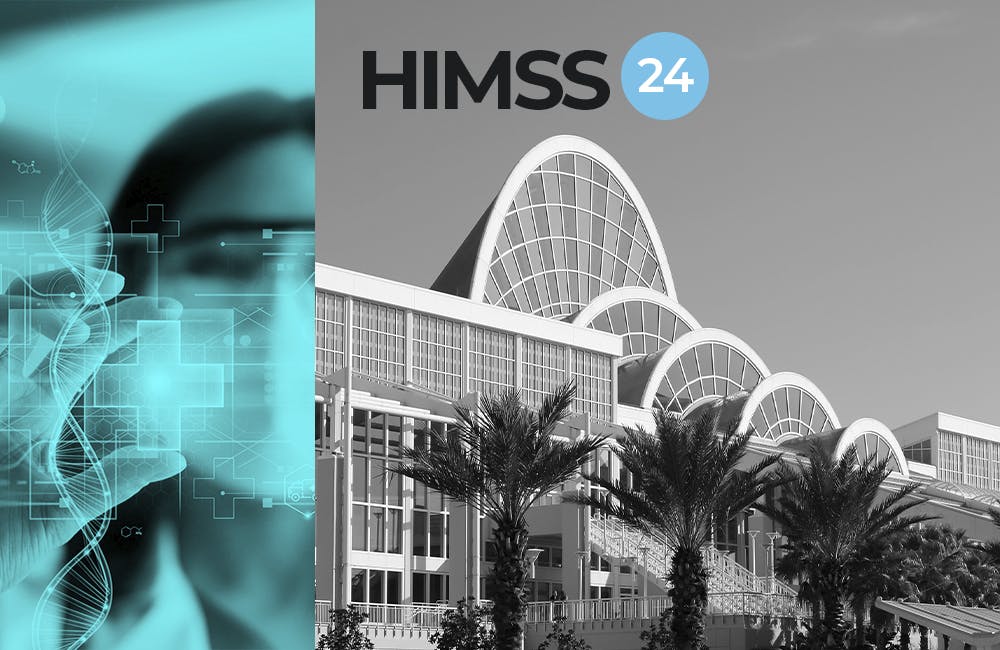AI, Data Sharing Streamline Mission Delivery at DHS
The department is enhancing the way it shares data, best practices and use cases.

When the Department of Homeland Security (DHS) deploys emerging technology use cases, it also builds a better data-sharing environment to apply that knowledge across its enterprise.
DHS CTO David Larrimore said machine learning (ML) solutions can not only reduce burden, but also improve the customer experience. He pointed to a use case at the U.S. Citizenship and Immigration Services (USCIS) to illustrate this.
“USCIS implemented in 2020 an evidence classifier machine-learning solution,” he said at a Federal Executive Forum event Wednesday. “The concept was their adjudicators have to spend time on repetitive tasks, being able to route through digital documents to be able to tag them for specific items related to benefits. So, what USCIS did was they implemented machine learning to automatically tag all of these digital documents, and up to early this year, saved around 24 million page scrolls. It’s saving a significant amount of burden hours for employees, which is actually reducing a significant amount of burden hours for people applying for benefits. So, it does provide an actual calculable benefit from a customer experience perspective.”
Use cases like this one provide processes and lessons learned that can be applied across an enterprise. Looking ahead, Larrimore’s priority is unlocking data and knowledge-sharing across the department, which will realize endless tangible and intangible benefits.
“The idea is we are solving a connectivity problem between everything happening in the organization,” he said. “In general, sharing needs to be the new standard — transparency and sharing amongst all the components.”
Larrimore believes secure data-sharing and sharing best practices across DHS will boost mission delivery.
“We have the same mission, we all fill out the same [Standard Form] 86 and the same security forms and the same public trust — and whether it’s application data, whether it’s best practices, whether it’s cyber telemetry data, whether it’s the scripts for serverless computing, whether it is interfaces, ideas with peers,” he said. “I think we’re going to be getting into an environment where my office and where the department is focusing on, ‘How can the components share everything all the time?’ Be respectful of civil rights and civil liberties, be respectful of privacy, be respectful of mission — but at the same time, every single component is doing great things in different areas, and we all have something to gain from one another.”
This is a carousel with manually rotating slides. Use Next and Previous buttons to navigate or jump to a slide with the slide dots
-

CDC Celebrates Data Strategy Milestones, Eyes Future Goals
The agency is emphasizing interoperability as it works toward its data modernization goals for public health.
3m read -

Research Agencies See Diversity Key to Boosting Innovation
R&D leaders at DARPA and ARPA-H see promise in using emerging technology like AI to bring in critical tech talent.
4m read -

Federal Women Leaders Reflect on AI Guidelines, Inclusivity
Inclusivity, collaboration and standards will help increase diversity in AI, federal women tech leaders say.
5m read -

CIA: Understanding Tech's Battlefield Potential Needs 'Humility'
Geopolitical hotspots are reshaping how government is approaching issues in innovation, technology and war.
4m read








